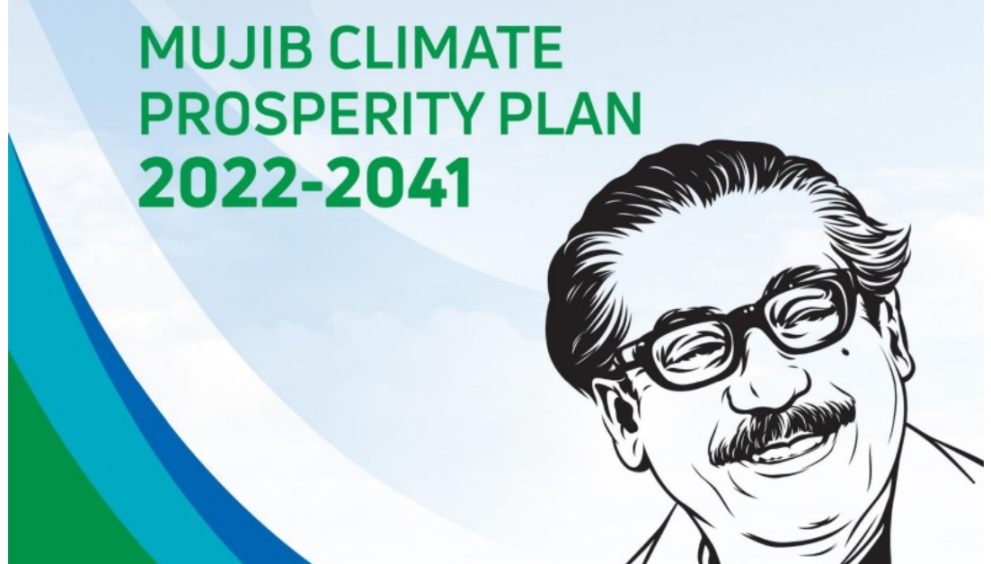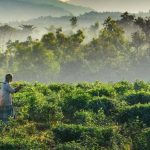Vulnerability to Resilience to Prosperity
Bangladesh faces increasing catastrophic impacts of climate change that could result in a 6.8% loss in GDP per year by 2030 if business as usual is pursued globally. For this reason, there is a need to build Bangladesh’s resilience to make sure that the threat multiplier of climate change does not affect the country’s prosperity.
Thus, the Mujib Climate Prosperity Plan (MCPP) includes several ambitious new and strengthened adaptation efforts to build resilience in populations and ecosystems through investment this decade to contribute to 2041 outcomes. Minimizing and averting climate-induced losses and damages is also an international financing priority of this Plan.
The MCPP was launched under Bangladesh’s second tenure as president of the Climate Vulnerable Forum (CVF). It works to counteract climate-induced damage and losses by equipping vulnerable communities, industry, and the government with the father of the nation Sheikh Mujibur Rahman’s vision supported by optimized financing tools and models that will be key to the new risk management paradigm to bring about resilience and stability, especially for small businesses, vulnerable populations, and the economy.
The MCPP shifts Bangladesh’s trajectory from one of Vulnerability to Resilience to Prosperity (VRP). The Plan’s principal aims are to secure Bangladesh’s prosperity by 2041, launching an economic transformation with actions that:
● Increase growth by maximizing resilience with loss and damage financing through Locally Led Adaptation Hubs, including by increasing gender responsiveness, supporting internally displaced people, strengthening the digital economy, enhancing financial protections, and expanding green economic partnerships. This work aims to enable us to attain upper-middle-income status within a single decade.
● Strengthen employment in a green economy, that is climate-resilient, low-carbon, resource-efficient, gender-responsive, and socially inclusive for faster job creation, upskilling of the workforce to high-quality green tech jobs, and greatly increasing the level of protection in the workplace.
● Promote well-being and traditional living to take advantage of 21st-century technologies together with inherently sustainable, traditional lifestyle practices and living. These actions aim to promote physical and psychological well-being, and greatly enhance mobility for all while protecting the environment through cleaner air, special health programs, and support arrangements.
● Secure resilience, energy independence, and energy security, and to become a net green energy exporter to the world. With international and other investment support, Bangladesh hopes to reach 30% renewable energy by 2030 and up to 40% by 2041, with grid resilience and modernization. Bangladesh’s flagship energy projects include the Bay of Bengal Independence Array, one of the first large-scale hybrid RE-adaptation infrastructure projects that will revitalize a mangrove green belt to protect our threatened coastlines. As with strategic Energy Hubs, Bangladesh will convert coal plants into green energy facilities such as hydrogen works.
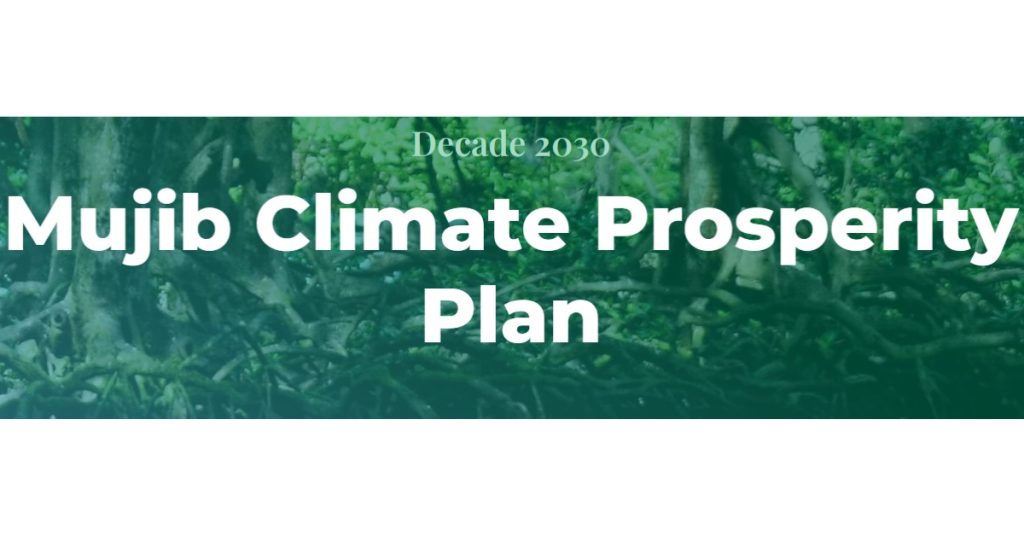
The MCPP will be achieved within the framework of already-foreseen national planning documents and processes to boost their aims and support the robust delivery of the 2030 UN Sustainable Development Agenda for Bangladesh.
MCPP envisions driving investment and having a midterm evaluation of its targets in 2030, to change the narrative from vulnerability to resilience to prosperity and thus shifting towards sustainable prosperity by 2041.
The Plan envisages ambitious, accelerated implementation of the Paris Agreement on Climate Change, especially the delivery of the UNFCCC agreed USD 100 billion per year for the period 2020 to 2024 towards which the MCPP also serves as the nation’s climate resilience strategy and co-benefits from long-term low GHG (Greenhouse Gas) emissions. The plan is considered a living document and will be updated every 5 years to take into consideration the evolving technology learning rates and access to resources.
The MCPP expects investment opportunities in resilient pathways including energy, water, transport, supply chains, and agriculture value chains, to reach USD 90 billion over the next decade.
Optimized financing structures to attract foreign direct investment and mobilize domestic private sector capital include the use of public-private partnerships (PPP) as a key solution to climate investment in coordination with the PPP Authority.
The Bangladesh Bank (central bank) can use different tools to incentivize investment in low-carbon and climate-resilient infrastructure, including preferential refinancing rates, differentiated capital requirements such as a “fossil fuel penalizing factor” commensurate with risk and higher capital requirements for non-low-carbon and non-climate-resilient projects, as foreign direct investment must be compliant with Bangladesh Bank regulations.
Special purpose vehicles for climate resilience can be supported, such as state-owned enterprises, to better underwrite green off-take agreements. Other alternative financing tools for the delivery of the Plan include special leasing facility windows and de-risking instruments.
The V20’s (Vulnerable Twenty Group of Finance Ministers) Accelerated Financing Mechanism for the targeted use of credit strengthening of national banks includes subordinated debt investment that lowers the cost of capital. Finally, the risk-layering approach in the Climate and Disaster Risk Management and Financing Strategy including the V20’s Sustainable Insurance Facility will utilize cost-effective reduction in exposure to climate risks that will integrate investments in risk reduction (adaptation), risk retention (e.g., budgetary allocations for contingency funds for low impact, high-frequency events), risk transfer on and across different levels (e.g., for high impact, low(er) frequency events) and contingency financing.
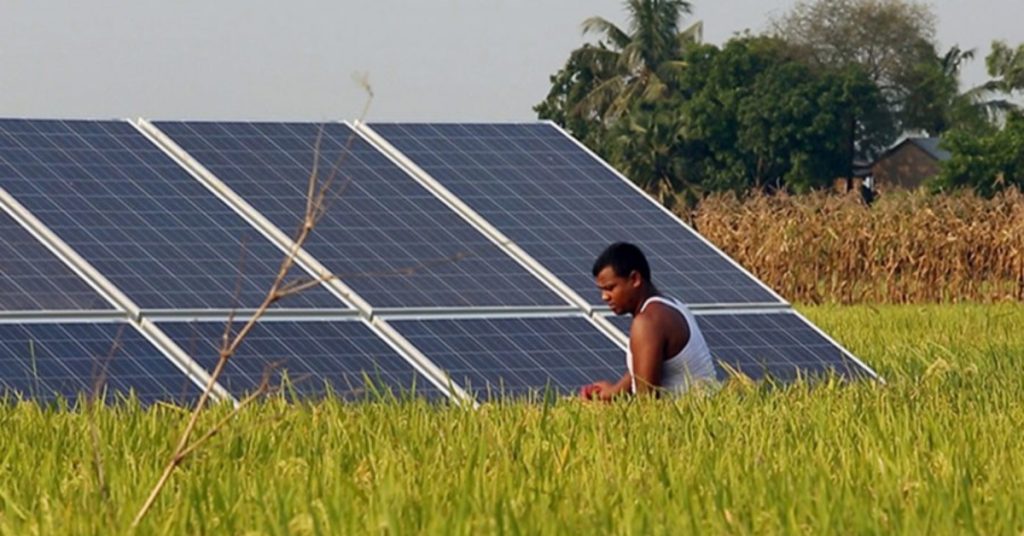
There are significant opportunities for technology-transfer partnerships and building manufacturing capacity in Bangladesh including in areas such as green hydrogen, solar, electric vehicles, modernized power grid, and other resilient and quality infrastructure. Partnerships can also be leveraged for green supply chains and value engineering in agriculture, fisheries, and manufacturing. The regional partnerships in South Asia (including through the South Asian Association for Regional Cooperation), feature connectivity with neighboring countries that can strengthen value chain/supply-chain integration.
Moreover, the South Asia region can cement regional energy security through low-cost options that are competitive enough to attract global manufacturing, agriculture, fisheries, and services.
In addition, there is an opportunity to explore Bangladesh’s foreign direct investment in member CVF/V20 countries to earn foreign currency overseas. Incremental gains of over USD 50 billion per year would be added to GDP versus business as usual, yielding USD 850 billion over 10 years. Delaying these investments in infrastructure and adaptive capacity would result in costs and losses of at least 4.9% of GDP by 2030, equivalent to at least USD 30 billion per year by 2030.
During the Bangladesh presidency of the CVF and V20, they launched a new ‘Climate Prosperity’ program for the development and implementation of the strategic economic-climate-SDG investment and cooperation frameworks to advance CVF and V20 ambitions for resilience and prosperity across economies, commencing with Bangladesh’s ‘Mujib Climate Prosperity Plan’.
The five-point proposal from the 1st Climate Vulnerable Finance Summit put forward by the CVF Chair, Prime Minister H.E. Sheikh Hasina urges every vulnerable country to actively consider adopting a ‘climate prosperity plan’ and requests the international community to provide comprehensive support to realize the plans and the developed countries to facilitate green recovery of CVF and V20 countries through dedicated support in reducing the cost of capital and encouraging private sector participation.
In a visionary statement delivered at COP 26, Prime Minister H.E. Sheikh Hasina placed another four-point proposal urging global leaders to work together.
• First, the major emitters must submit ambitious NDCs, and implement those.
• Second, developed countries should fulfill their commitments of providing 100 billion dollars annually with a 50:50 balance between adaptation & and mitigation.
• Third, developed countries should disseminate clean and green technology at affordable costs to the most vulnerable countries. The development needs of the CVF countries also need to be considered.
• Fourth, the issue of loss & and damage must be addressed, including global sharing of responsibility for climate migrants displaced by sea-level rise, salinity increase, river erosion, floods, and draughts.
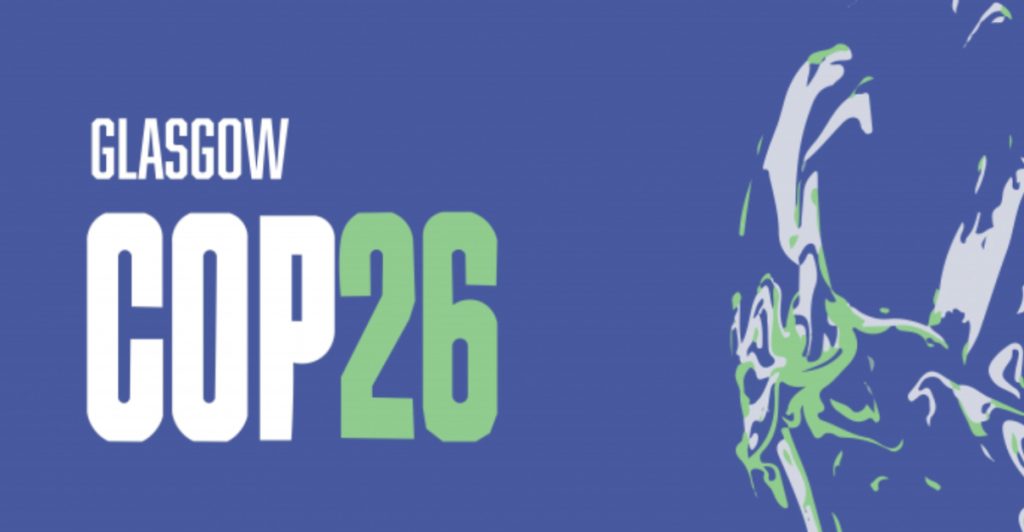
Named after symbolic icons of national independence and prosperity of each participating member country, through these plans, CVF-V20 countries will work to catalyze the economic transformation of their member economies facing both similar and unique climate challenges to launch a decade and more of progress propelled by fast-tracked action.
Bangladesh’s goal is to improve its key socio-economic growth outcomes national and disposable income, poverty reduction, investment, jobs, economic stability, trade balance, and other critical socio-economic results – by optimizing core economic and climate responses together.
This plan will form a CVF and V20 contribution to vital change in systems of the global economy. Through economic cooperation, the realization of prosperity plans could represent significant opportunities for investment and trade, technology transfer, and manufacturing partnerships. Bangladesh strongly believes that the CVF and V20’s potential, as green growth engines for the world economy, will be sustainable through their joint efforts.
Source: https://mujibplan.com
